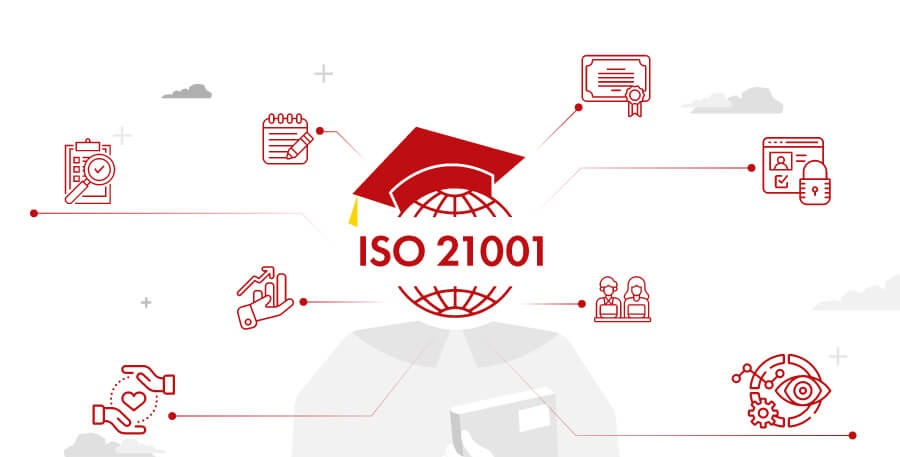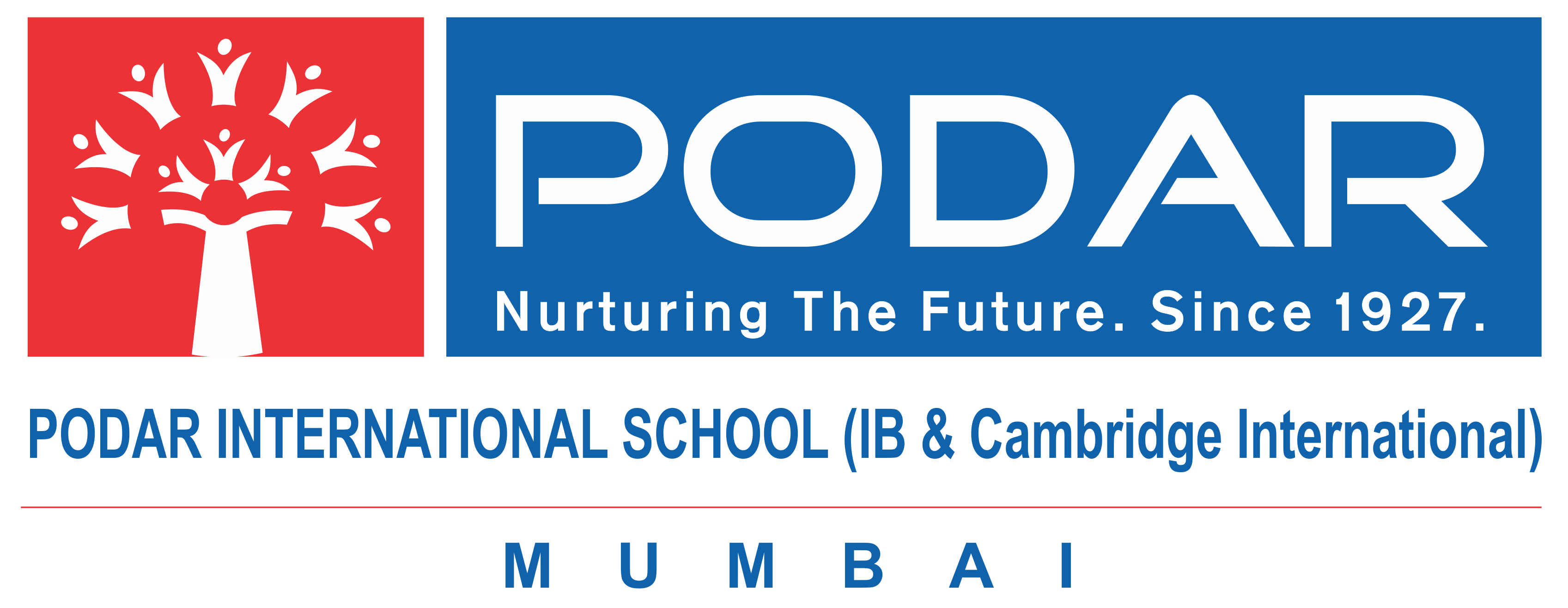Overview
 An Information Technology audit is the examination and evaluation of an organization's
information technology infrastructure, applications, data use and management, data security, policies, procedures and operational processes against recognized standards or established policies.
An Information Technology audit is the examination and evaluation of an organization's
information technology infrastructure, applications, data use and management, data security, policies, procedures and operational processes against recognized standards or established policies.
COAE IT audit determines whether IT controls are in place, while also ensuring the integrity of the data, and aligning the overall goals of a business. While every audit is different, the process of COAE IT audit is typically made up of four stages: planning, fieldwork, reporting, and follow-up
Outcome & Benefits
 Improved Performance: An IT audit can help identify inefficiencies and areas for
improvement within an organization's information technology infrastructure so that
the organizations can take steps to improve their overall performance.
Improved Performance: An IT audit can help identify inefficiencies and areas for
improvement within an organization's information technology infrastructure so that
the organizations can take steps to improve their overall performance..png) Enhanced Safety: One of the most important objectives of an IT audit is to ensure
that an organization's information systems are secure. By identifying potential
security vulnerabilities, COAE IT audits can help organizations take steps to mitigate
the risks posed by these threats.
Enhanced Safety: One of the most important objectives of an IT audit is to ensure
that an organization's information systems are secure. By identifying potential
security vulnerabilities, COAE IT audits can help organizations take steps to mitigate
the risks posed by these threats..png) Monitor Potential Threats: In addition to identifying existing security vulnerabilities,
IT audits can also help organizations monitor for potential threats. By staying up-to-
date on the latest risks and trends, businesses can be better prepared to defend
against future attacks and avoid unpleasant outcomes.
Monitor Potential Threats: In addition to identifying existing security vulnerabilities,
IT audits can also help organizations monitor for potential threats. By staying up-to-
date on the latest risks and trends, businesses can be better prepared to defend
against future attacks and avoid unpleasant outcomes. .png) Improved Compliance: COAE IT audits can also help organizations ensure
compliance with relevant laws, regulations, and industry standards at all times
Improved Compliance: COAE IT audits can also help organizations ensure
compliance with relevant laws, regulations, and industry standards at all times
















